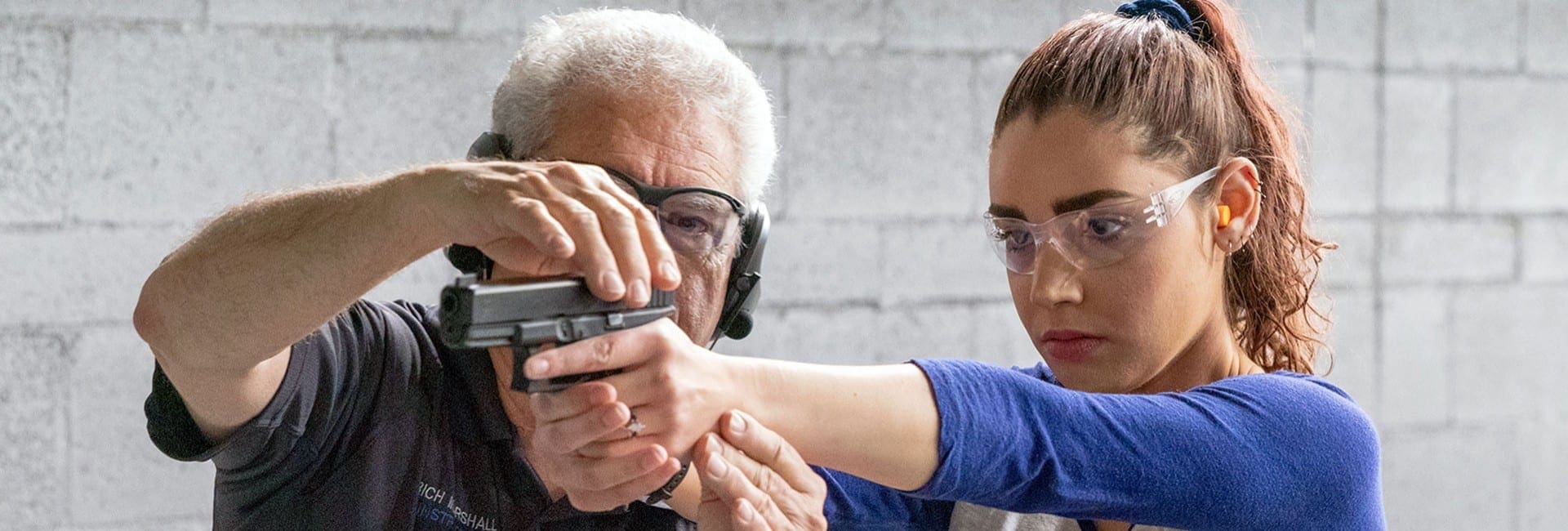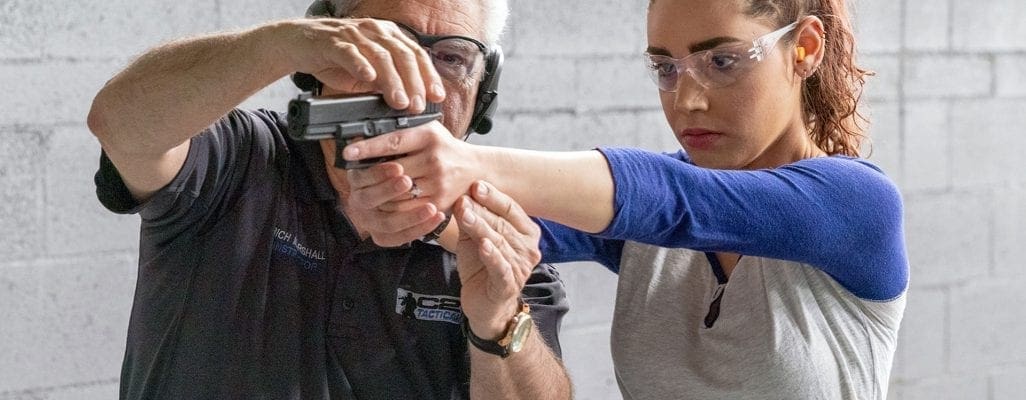We are often asked here at C2, “How many rounds should I carry?” Short answer: it depends. Think about threat, distance, skill, and what you’re actually willing to do when trouble shows up. Reality matters: most shootings are fast (3–5 seconds), close (3–5 yards), and short (3–5 rounds). Use that as your baseline — not gospel.
The Rule of Five
- 5 rounds — if you’re alone and in a low-to-moderate risk environment. A 5-shot revolver makes sense here: simple, reliable, and easy to run.
- 10 rounds — when you’re protecting another person (partner, child) or operate in higher-risk spots. Having double the capacity makes sense.
- 15+ rounds — for multiple attackers or when you accept a larger pistol and carry setup. This is where double-stack pistols live.
Why Those Numbers Matter
Most real fights end quickly. Preferably by you exiting the situation. However, if stuck with the last option for survival, if you can shoot with decent placement under stress, 3–5 rounds will often stop the threat. Extra capacity is insurance not for more bullets, but if the magazine in your gun malfunctions. No number of rounds or magazines will compensate for poor skills under stress. Stress wrecks accuracy and slows reloads, so spare mags reduce pressure, but they don’t fix poor fundamentals.
Practical Carry Setups
- Minimalist: 5–7 rounds (wheel gun or single-stack compact). Train for extremely close range and fast presentation. Also, one-handed shooting while moving.
- Default Defensive: 10 rounds on person or a compact that holds 10–12. Focus on shot placement, malfunction clearing, and drawing from concealment.
- Protection / Family: 15+ rounds. Train for shooting from a barricade position, low-light, and casualty management.
Revolver vs semi-auto
- Revolver (5- 7 rounds): stupidly simple and reliable, great for low-complexity carriers. Reloads under stress are slower.
- Semi-Auto (10-15+rds): higher capacity and faster reloads, slightly more complex. Gives redundancy and options when things get messy.
Needed Skills
Carrying more rounds without training is just extra weight. Drill:
- 3–5 round stoppage drills at close range
- Malfunction clearing (immediate action)
- Low-light target ID
Drills
- Fast Five — 3 yds: draw & deliver 3-5rounds to thorax; clear any malfunction, repeat ×6 (par 3–4seconds).
- Double-Down Ten — 5–7 yds: engage primary 3 rds then secondary 2 rds; clear simulated malfunction and perform a tactical reload (5 cycles).
- Barricade Fifteen — 7–15 yds: from cover engage Target (~2 rds each), move laterally, reload as needed until 15+ rounds expended.
Ammo and Shot Placement
Choose reputable defensive hollow points where they are legal. Remember: shot placement beats volume. One good hit is better than ten misses.
Legal and Ethical
More rounds don’t change your legal threshold for using force. Know local laws and be prepared to justify actions. More capacity can complicate post-incident narratives — train your decision-making as much as your shooting. Come to use the SIM room at C2 and see for yourself.
Bottom Line
Capacity is a tool. Pick a system you’ll actually carry and train it until your hands and brain match. If a 5-shot revolver is what you’ll practice with, commit to the drills. If you need 15+ rounds for your world, make sure you can make effective use of them — under stress. Come to C2 and we will get you sorted out.

